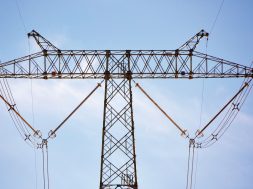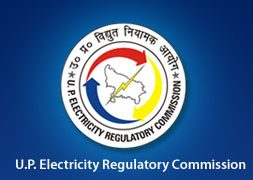
Asia-Pacific Powers 2024 PV Inverter Boom as Western Markets Falter – EQ
In Short : Global PV inverter shipments rose 10% in 2024 to 589 GWac, driven by strong demand in China and the wider Asia-Pacific region, which accounted for 69% of shipments. Huawei and Sungrow led the market with a combined 55% share. Western markets, including Europe and the US, saw declines due to inventory surpluses and weaker residential solar demand.
In Detail : Global shipments of photovoltaic (PV) inverters increased by 10% in 2024, reaching a total of 589 GWac, according to a recent report by Wood Mackenzie. This growth was largely propelled by rising solar demand in the Asia-Pacific region, particularly China, India, and Southeast Asia.
China alone accounted for 330 GWac of these shipments, marking a 14% increase over the previous year. This surge reflects the country’s continued investment in large-scale solar infrastructure and its focus on energy transition targets. Overall, Asia-Pacific contributed to 69% of the global PV inverter shipments in 2024.
Chinese manufacturers remained dominant in the global market. Huawei shipped 176 GWac of PV inverters, retaining its position as the top global supplier. Sungrow followed closely with 148 GWac. Combined, the two companies held a record-high 55% share of global shipments in 2024.
No other inverter manufacturer surpassed a 5% market share, highlighting increasing market concentration around top players. This reflects growing consolidation in the solar inverter industry, especially with competitive pricing and strong manufacturing bases in China.
In contrast, Western markets witnessed declines. Europe saw a double-digit drop in inverter shipments, mainly due to excess inventory in key markets like Germany and the Netherlands. Meanwhile, the United States experienced a single-digit contraction, influenced by weak residential demand and less favorable net-metering policies in states such as California.
The overall market trends in 2024 reveal a strong geographic divide: Asia-Pacific markets are expanding rapidly, while Europe and North America face headwinds. The dominance of Chinese suppliers and the regional imbalance in growth signal shifting dynamics in the global solar supply chain.














